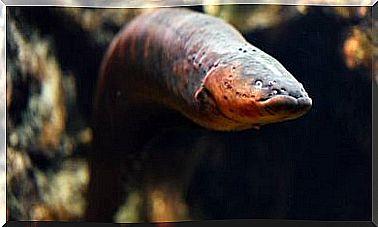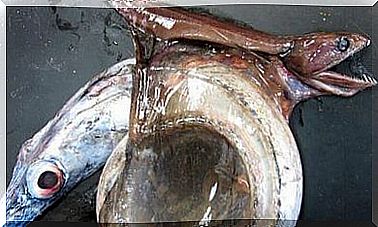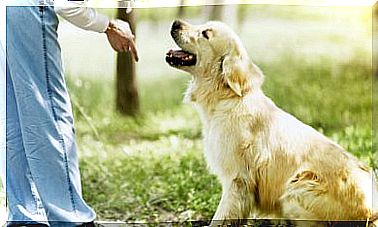5 Animal Species At Risk Of Extinction In Yellowstone
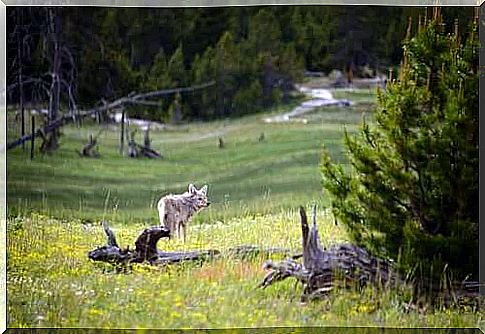
Natural parks are protected spaces that are very important for animals, because within their limits they can settle and reproduce without the threat of human presence. We invite you to find out which animal species are at risk of extinction in Yellowstone.
Endangered animal species in Yellowstone
Founded in 1872, Yellowstone Wildlife Park is the first to boast this definition. It occupies an area of more than 8,000 square kilometers and is located in the United States of America. More specifically, most of its territory belongs to the states of Wyoming, Idaho and Montana.
This natural park was not created exclusively to protect animals and plants, because it also presents important geological phenomena. Thanks to its great extension, numerous ecosystems are included within its borders. Mostly it is made up of woods, but it also contains grasslands, swamps, lakes, etc.
Yellowstone hosts thousands of tourists every year: the protection of this park determines which areas can be accessed; there are some in which it is not possible to enter on board vehicles. Evidence of the good functioning of this protection plan is provided by the fact that life in the park functions normally and is not damaged by human activity.
Of course, hunting is prohibited within the park boundaries. Animals that live within its limits are not forced to face the threat posed by the human being. Its inhabitants, in fact, settle and reproduce with tranquility.
Grey Wolf
One of the best known cases of endangered animals in Yellowstone is that of the gray wolf (pictured at the opening of this article), which disappeared from this area of the continent decades ago due to hunting. During the 1990s, several herds were introduced into the park: they reproduced, migrated, formed new herds …
Nowadays, the gray wolf population in Yellowstone Park is in excellent health. In addition, it was possible to study in detail how herds grow, how they relate to each other and what effects a species causes when introduced into the food chain of an ecosystem.
Black-footed ferret
A similar case is that of the black-footed ferret. In 1980 it was believed to be completely extinct, but, surprisingly, a specimen appeared in an area close to the park. A captive breeding program and subsequent release made it possible that more than 1,000 black-footed ferrets live in Yellowstone today.
Grizzly bear
However, the king of Yellowstone is the grizzly bear. This is another of the endangered animal species in Yellowstone and which, thanks to the park, is being saved. It is estimated that a few centuries ago there were almost 50,000 specimens. Although there are around 2,500 of them in North America today, their numbers continue to increase, thanks to the protection provided by the park.

Bald eagle
The national bird of the United States survives thanks to this wildlife park. Over the past few decades, pesticides, which killed its prey, have weakened its population. However, within the confines of Yellowstone, they can feed and reproduce normally, having sufficient food and adequate shelter available.
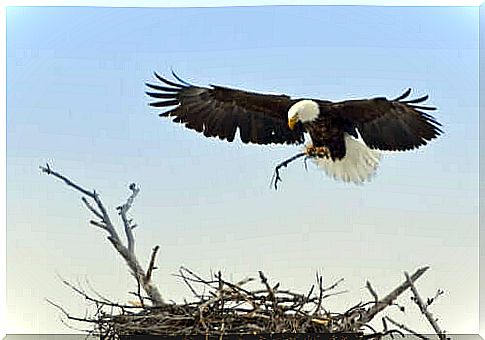
Although the bald eagle is no longer considered an endangered species and is now categorized as “threatened”, its activity is being closely monitored because its population is not growing as fast as expected.
Bison, one of the symbols of Yellowstone
The bison lived occupying all of North America (it is estimated that there were more than 10 million specimens), but, with the arrival of the British, in recent centuries their population has reduced to the point of making it unthinkable to be able to recover it without extinguishing it.

Today, the largest herd of bison on the planet lives in Yellowstone. They were reintroduced following a project aimed at their reproduction in captivity and it is estimated that around 300,000 specimens live in the park.
In addition to those mentioned, there are other endangered animal species in Yellowstone: the trumpeter swan, beaver, Canadian lynx and elk are all protected animals within this park.
Protected natural spaces are an indispensable means for the survival of animals at risk of extinction. Furthermore, they offer the opportunity to monitor and study these species, without disturbing them or keeping them in captivity.
Yellowstone is a magnificent example of the purpose and conservation of this kind of space. The variety of its ecosystems, its protection of fauna and flora and its geography make it a unique place on the planet and an example to follow.






